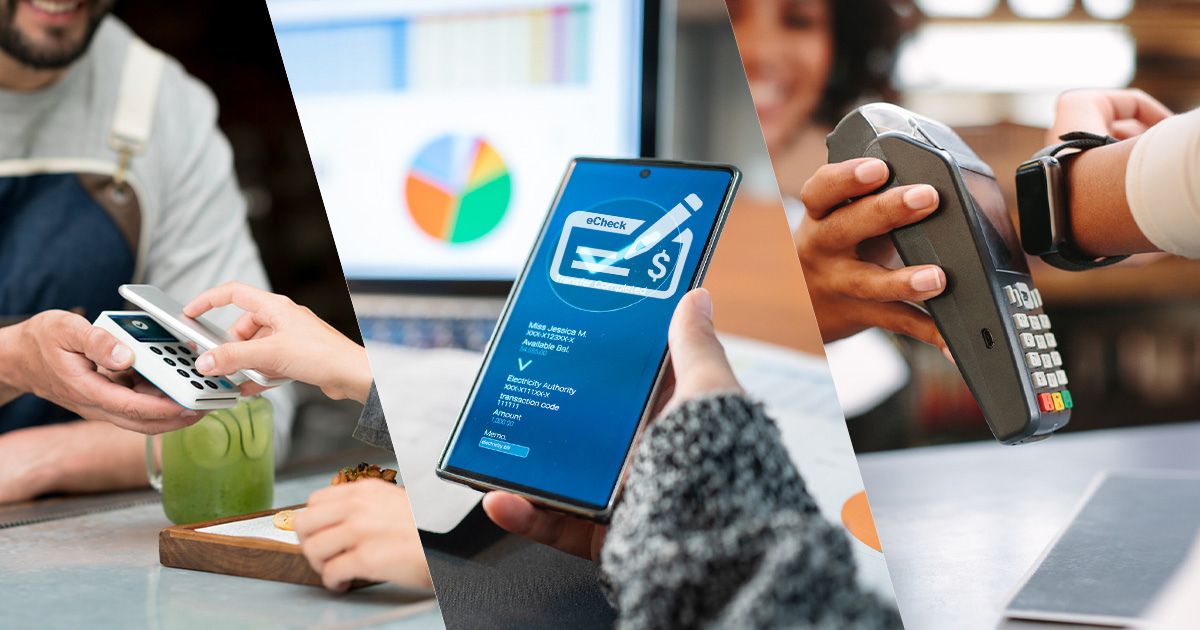
| March 13th, 2024 |
Diversifying Alternative Payment Methods — Beyond Credit Cards!
In today’s digital age, the landscape of payment methods is constantly evolving. While credit cards have traditionally been the go-to for online transactions, demand for alternative payment methods is growing. These alternatives not only cater to a wider audience, but also offer businesses the opportunity to streamline their payment processes and improve customer satisfaction.
The need for diversification —
Credit cards have long been the backbone of online transactions, offering convenience and security to businesses and consumers alike. However, relying solely on credit cards can limit your reach, as not all customers have access to or prefer to use them. Additionally, credit card transactions are associated with processing fees that can affect your profits.
By diversifying your payment options, you open up your business to a wider audience, including those who may not have or want to use credit cards. This inclusiveness can lead to increased sales and customer loyalty. Additionally, alternative payment methods often come with lower processing fees, helping you maximize revenue.
Exploring alternative payment methods —
1. Digital Wallets:
Services like PayPal, Apple Pay, Google Pay, and Venmo have gained widespread popularity for their ease of use and security. Integrating digital wallets into your payment system allows customers to transact with just a few clicks or taps, reducing friction in the payment process.
2. Bank Transfers:
Direct Bank Transfers provide customers with a secure way to pay directly from their bank accounts. While this method may require more steps compared to credit cards, it eliminates the need for third-party intermediaries, reducing transaction fees and chargeback risks.
3. Cryptocurrencies:
With the rise of cryptocurrencies such as Bitcoin and Ethereum, some businesses are beginning to accept digital currencies as payment. Cryptocurrencies offer decentralization, lower transaction fees and faster international transactions, making them an attractive option for tech-savvy customers.
4. Buy Now, Pay Later (BNPL):
BNPL services allow customers to buy and pay for them over time in installments. This flexibility appeals to consumers who may not have funds up front or prefer to spread payments. Integrating BNPL capabilities into your checkout process can increase conversion rates and average order values.
5. Mobile Payments:
Mobile payment apps such as Alipay and WeChat Pay are prevalent in regions such as India and China, and gaining global prominence. These apps offer features such as QR code payments and peer-to-peer transfers, making them a convenient alternative to traditional payment methods.
6. eChecks:
Electronic checks (eChecks) offer a digital alternative to traditional paper checks, allowing customers to make payments directly from their bank accounts. eChecks are secure, cost-effective, and can be processed quickly, making them a convenient option for businesses and customers alike.
Implementation of alternative payment methods —
1. Assess your customer base:
Understand your target audience and their preferred payment methods. Conduct surveys or analyze past transaction data to determine which alternative payment options are most relevant to your customers.
2. Choose reliable payment providers:
Choose reputable payment service providers that offer secure and reliable solutions for integrating alternative payment methods into your website or app. Ensure compatibility with your existing infrastructure and consider factors such as transaction fees and customer support.
3. Simplify your checkout process:
Optimize your checkout process to seamlessly accommodate multiple payment options. Offer clear instructions and visual cues to guide customers through the checkout process, regardless of the method they choose.
4. Educate customers:
Inform your customers about available alternative payment methods and highlight their benefits such as security, convenience and cost savings. Provide them with resources and support to help them understand how to use these options effectively.
5. Monitor performance and feedback:
Continuously monitor the performance of your alternative payment methods, tracking metrics such as conversion rates, transaction volume and customer satisfaction. Gather feedback from customers to identify potential problems or areas for improvement.
Conclusion —
Diversifying your payment options beyond credit cards is essential to staying competitive in today’s fast-paced digital environment. By offering alternative payment methods, you can cater to a wider audience, reduce transaction costs and improve the overall customer experience. Take the time to evaluate your options, implement the right solutions, and continuously optimize your payment processes to support the growth and success of your business.